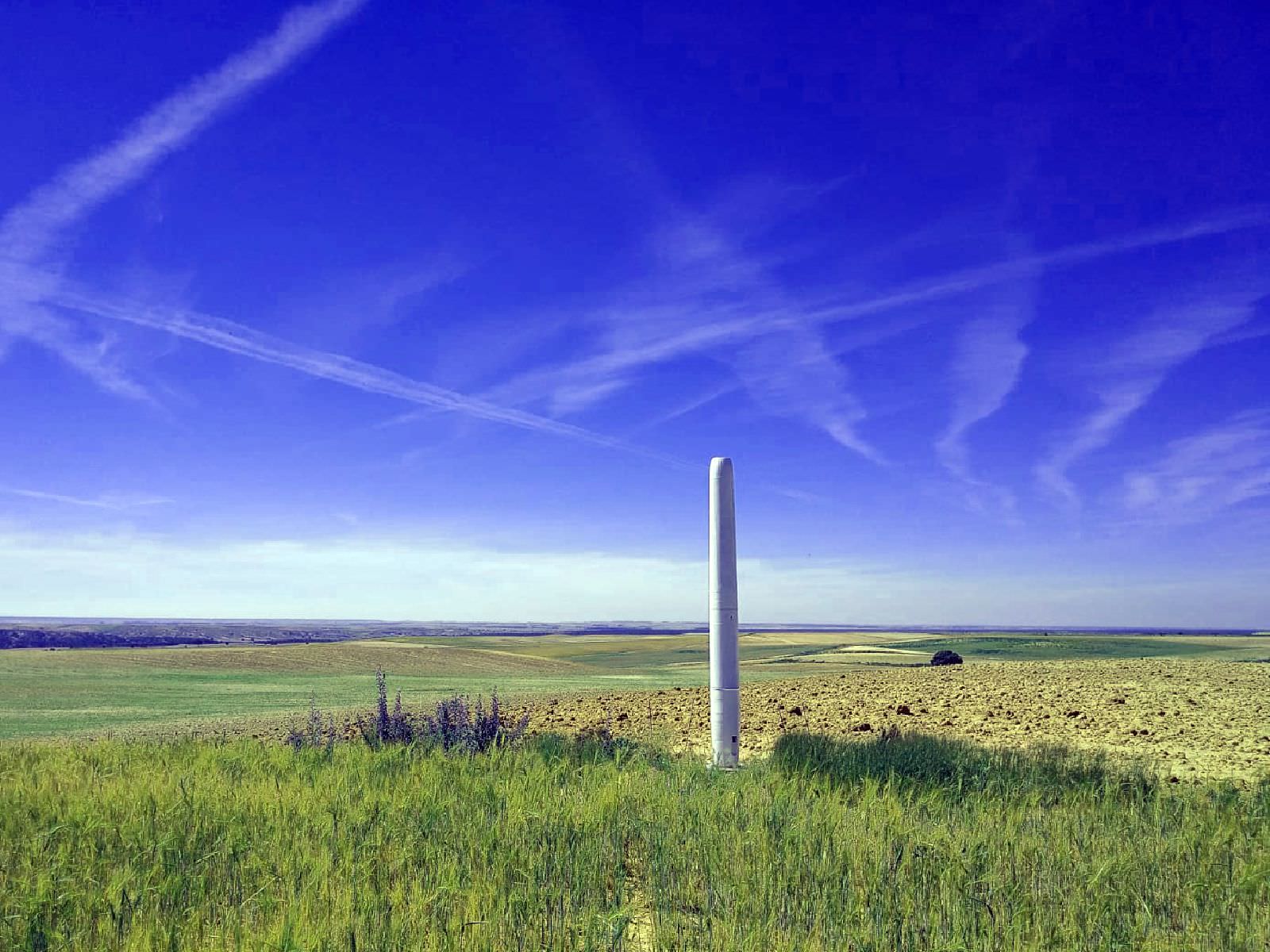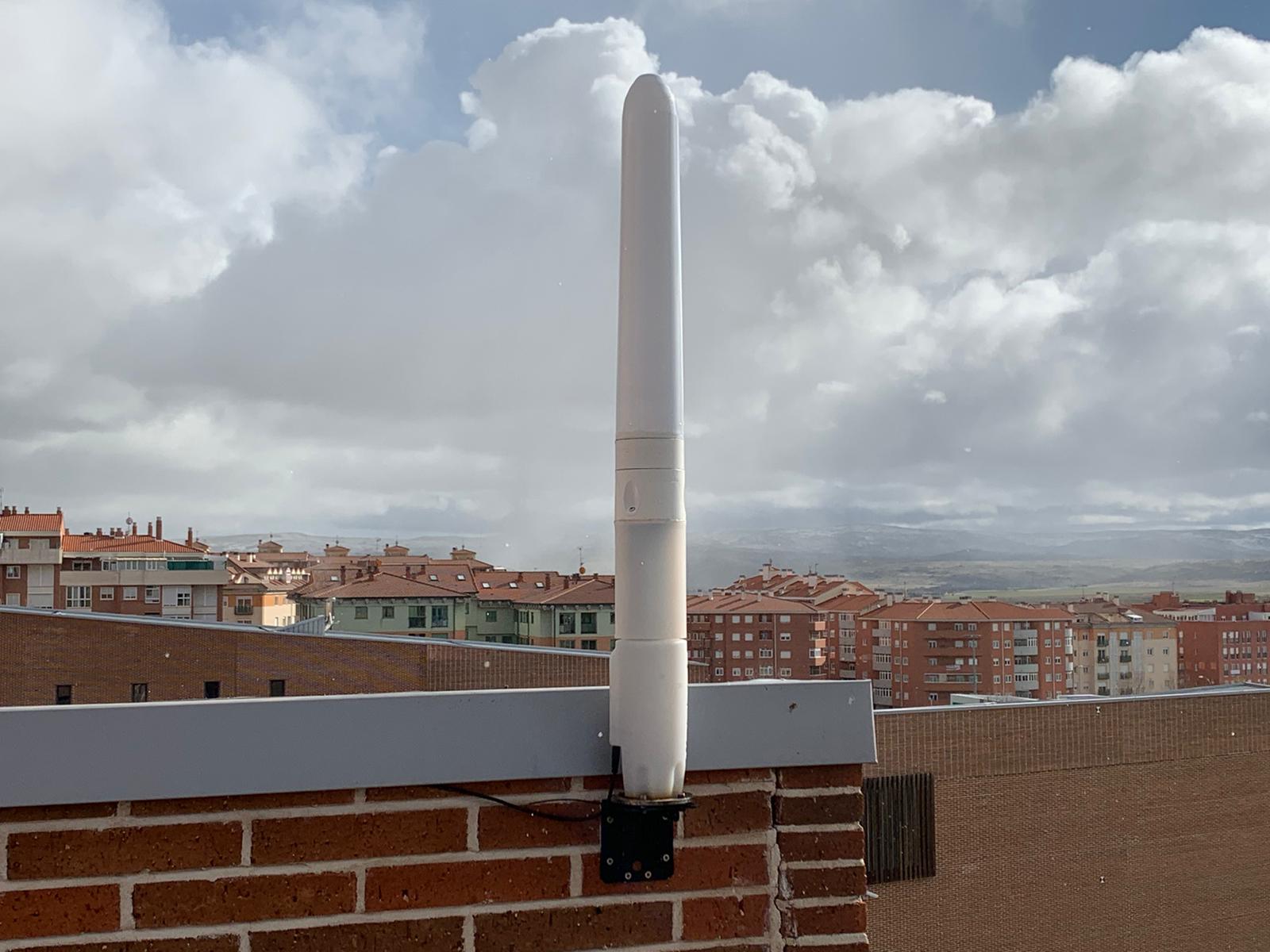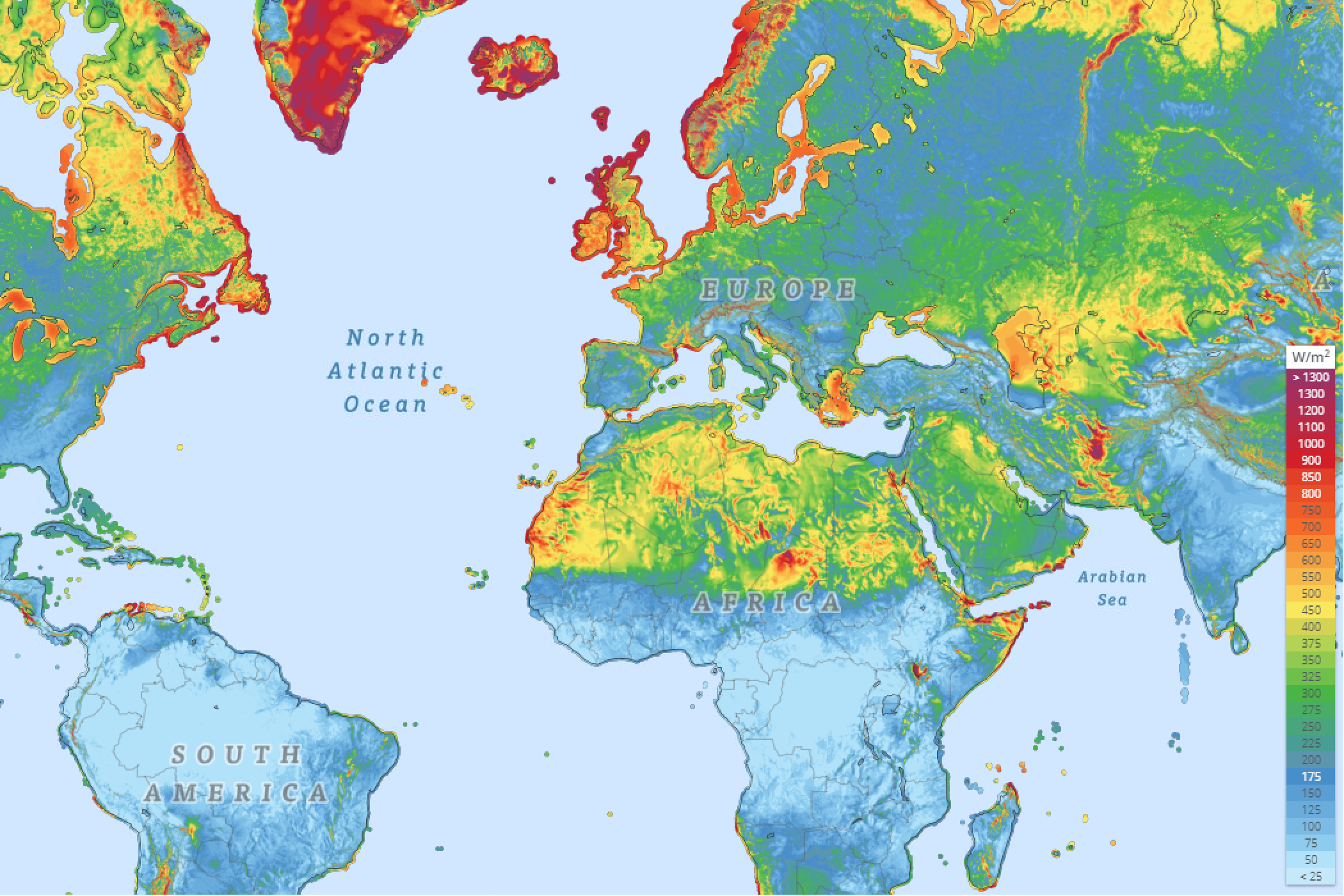
Vortex Bladeless Ltd is a Spanish start-up that develops a bladeless wind power generator through resonant vibrations. The technology is best suited to autonomous operation and distributed generation of energy off the grid. Read more about this innovative idea here!
Billboard
Skyscrapper
Halfpage
The bladeless wind turbine
Vortex’s bladeless wind turbines are vertical, slender, cylindrical structures. They consist of a fixed based and a flexible mast. The latter moves in an oscillating movement to capture energy from moving fluids. There are no gears or moving parts in contact with each other, which means that the Vortex does not need oils or lubricants. It has minimal maintenance and operating costs, while still providing good amount of renewable energy.
Because of these features, the Vortex bladeless wind turbines are closer to the features of solar power than to those of standard wind power. They are particularly useful for distributed energy. Despite the simplicity of the design, there are six families of registered patents to protect the Vortex.
In 2012, David Yáñez, David Suriol, and Raúl Martín founded Vortex Bladeless Ltd company, working there full-time from 2014. The original idea for the bladeless wind turbine came from the Tacoma Narrows Bridge disaster in 1940. David Yáñez, the inventor, realised that there is a lot of energy contained in the physical principle that collapsed the bridge.
Vortex has received several awards and strategic partnerships, such as the EU’s SME instrument Seal of Excellence, the South Summit Award and the Innovation SME of the Spanish Government.

Vortex bladeless wind turbine products
In 2016, Vortex built its first prototype, Vortex Tacoma, that could harness a useful amount of energy from the wind. This enabled the company to apply for funding from the European Commission’s Horizon 2020 research and innovation programme. Development has been difficult, but partners such as the Barcelona Supercomputing Center and the Technical University of Madrid have provided support. Now, the start-up is looking to obtain the necessary certification to start selling.
At the same time, the Spanish start-up company is working on two future products: The Vortex Nano will be only 1 metre tall and offer a 3 W power output. This can help bring energy to off-grid locations or low-power systems and is easily combined with solar panels. The original Vortex Tacoma stands at 2.75 metres and provides 100 W power output. It is targeted at small-scale residential and rural operation. A future product idea, the Vortex Atlantis, is 9 to 13 metres tall and provides up to 1 kW of power. This product is not being developed yet.
The bladeless technology leads to exponential growth in the harnessed energy since energy grows exponentially squared by heigh and cubed by wind speed. This means that bigger Vortex devices are desirable. Production costs grow more slowly than power generation, resulting in a profitable, efficient system. So far, Vortex Bladeless Wind Turbine is mostly working on small wind turbine alternative devices.
How the turbines work
The bladeless wind turbines by Vortex work through a vortex-induced vibration resonant wind generator. Other than the standard horizontal-axis wind turbines and vertical-axis wind turbines, which work by rotation, Vortex harnesses energy by oscillation. The structures have an unusual shape reminiscent of a mast. They consist of fiberglass and carbon fibre reinforced polymer, allowing them to oscillate in the wind. This means they can take advantage of the emission of vortices from moving fluids.
At the bottom of the mast, a carbon fibre rod moves an alternator, which generates electricity. Strictly speaking, the Vortex Bladeless does not rotate, which means it is not a turbine. Rather, it makes a “wriggly” movement like that of a dashboard toy. Contrary to rotary wind turbines, the Vortex design can overcome issues such as noise, environmental impact, logistics, and visual aspects.
According to the company, the bladeless wind turbines amortise quickly, are less dangerous to birds, and easy to transport and construct. Their carbon footprint is small, and they use less raw materials. Due to their low centre of gravity, the structures can stand on a small foundation. Several generators can fit in the same area as one rotary turbine.

The use of bladeless wind generators
Despite making comparisons to wind turbines, the Vortex generators do not aim to compete with the industry. Instead, they offer a small wind turbine alternative for end-consumers and for low-power systems, as well as for poorly served markets or those not served at all by larger scale wind power.
Media attention has come from the forum site Reddit, which compared the turbine to a “skybrator” or a giant vibrating sex toy due to its phallic design. But in more serious terms, energy firms are also observing Vortex Ltd: Norway’s state energy company, Equinor, has listed Vortex as one of the most exciting start-ups in the energy sector. The company will offer development support to Vortex Ltd. And Germany’s energy RWE has shown interest in new ways of harnessing wind power by offering a partnership to a kite energy start-up.
Stay tuned to learn more about innovative ways of energy generation – for example, EnerKite offers another minimalist design to turn wind into energy.












